נפוץ בסוואנות של במרכז באפריקה ומכונה שם "תמר העבדים". בארץ נפוץ מאזור בית שאן ועד אילת הזקום מוזכר בקוראן כעץ שאת פריו יאכלו באי הגיהינום. לכן הוא קדוש למוסלמים ואסור לכורתו. גלעיניו מכילים עד 40% שמן. השמן הזה הופק במנזרי מדבר יהודה תחת השם "צרי גלעד" ונמכר לעולי הרגל הנוצריים שכתתו דרכם לטבול בירדן במקום שבו טבל מאות שנים קודם לכן יהודי צעיר למשפחת לוי שענה לשם ישוע. צחוק הגורל הוא שסופו שנצלב בידי חיילים רומיים שהיו עובדי אלילים כמו זאוס, דיוניסס ואפרודיטה היפה, שהם אבות אבותיהם של אותם צליינים נוצרים הגודשים בהמוניהם את המקום שבו טבל במים יהושע בן לוי בנעוריו, ובכך דואגים ששמו לא יישכח (לעד?).
Common in Central African savannas, itis also known as the "slave date". Commonly found in Israel from the Beit She'an area to Eilat.
The desert date is mentioned in the Qur'an as a tree whose fruit will be eaten on the island of hell. It is therefore sacred to Muslims and must not be cut down.
Its stone contains up to 40% oil. This oil was produced in the monasteries of the Judean Desert and called "the balm of Gilead", it was sold to Christian pilgrims who made their way to be baptized in the Jordan River at the place where a young Jew of the Levi family who answered to the name of Jesus had been baptized hundreds of years earlier. The irony is that he was eventually crucified by Roman soldiers who worshiped gods like Zeus, Dionysus, and the beautiful Aphrodite, who were the ancestors of those Christian pilgrims who crowded the place where Joshua son of Levi dipped in the water in his youth, thus making sure that his name shall never be forgotten.


